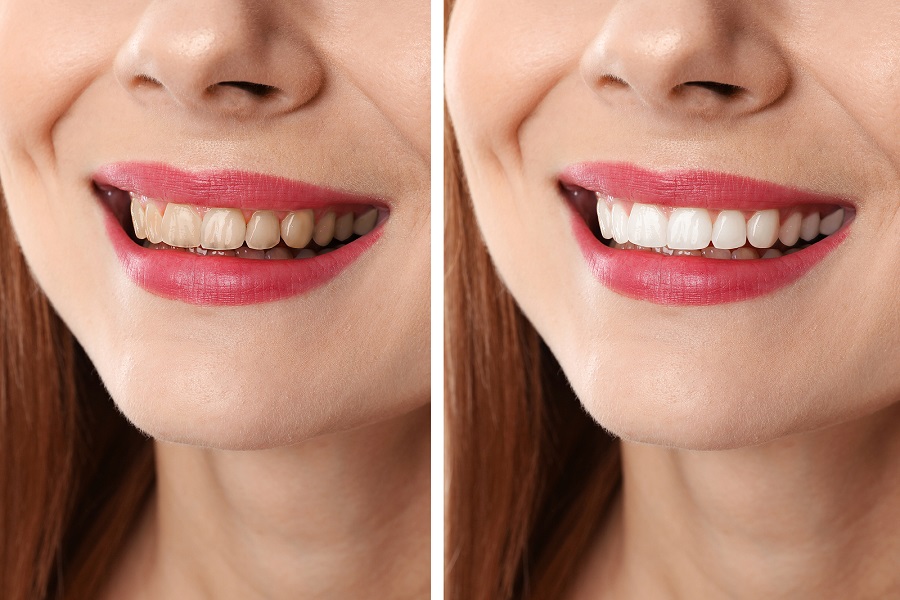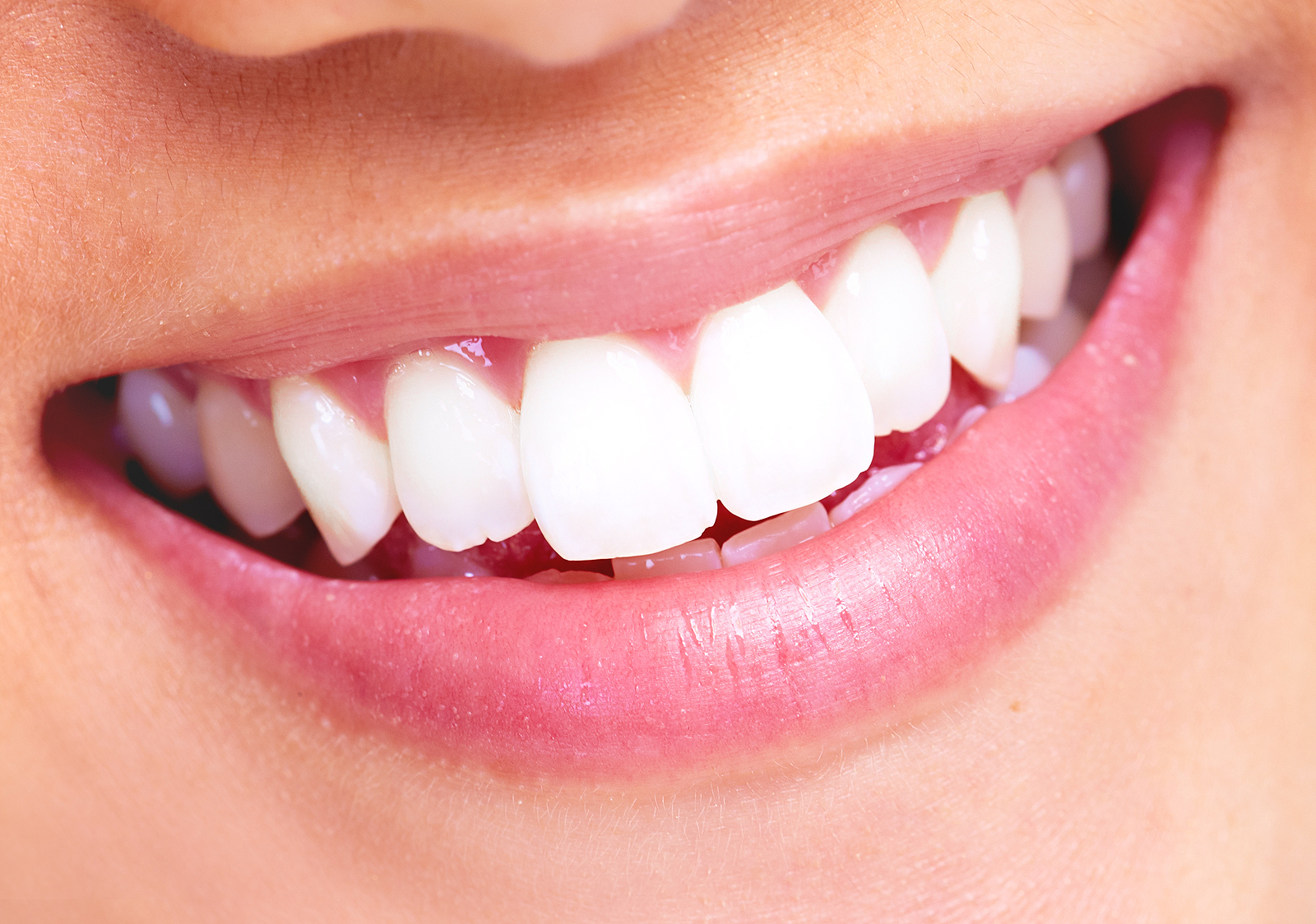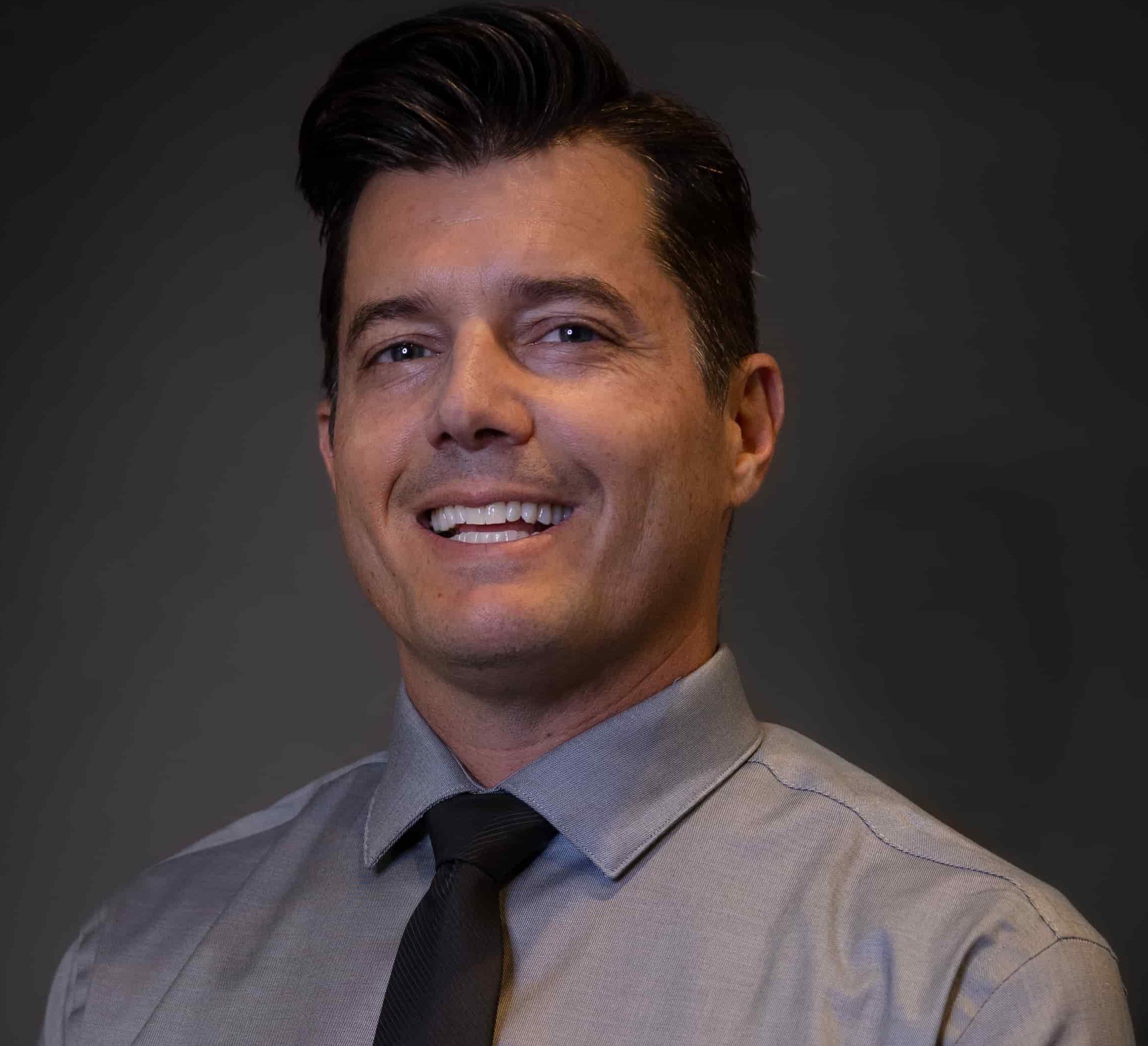DO’S AND DON’TS OF TOOTHBRUSH CARE
Regular visits with your dentist are important to your overall oral health. While the dentist will inspect for cavities, gum disease, or any cracks or chips in your teeth, it’s also essential to do your part at home. Here at Biltmore Commons Dental Care, we will help guide you through proper at-home dental care, including how to properly use your toothbrush and when to replace it. Regular visits with your dentist are important to your overall oral health. While the dentist will inspect for cavities, gum disease, or any cracks or chips in your teeth, it’s also essential to do your part at home. Here at Biltmore Commons Dental Care, we will help guide you through proper at-home dental care, including how to properly use your toothbrush and when to replace it.
DO LET IT AIR DRY.
After every use, store your toothbrush in an upright position where it can air dry. Germs, bacteria, and fungus grow and thrive in moist environments, and no one wants these on their toothbrush. Letting it dry out will ensure that you don’t provide the optimal breeding ground for these microscopic organisms on a tool that you use in your mouth. Your dentist can also make recommendations on a toothbrush cover that allows airflow but prevents mold growth.
DON’T LAY IT ON THE SINK OR KEEP IT NEAR THE TOILET.
The bathroom sink and the toilet are unsanitary surfaces and tend to be where most germs hide in plain sight. Avoid setting your toothbrush on these surfaces, even for just a moment. Invest in a wall mount toothbrush holder to keep near the sink or put a toothbrush holder that matches the rest of your bathroom décor on the sink for the kids. Just make sure they remember to put their toothbrushes upright so it can dry out between uses.
DO RINSE AFTER EVERY USE.
Letting toothpaste and saliva build-up on the bristles or on the handle of your brush can create a mess and an unpleasant brushing experience, not to mention house bacteria from the last use. After each use, rinse your toothbrush thoroughly with tap water to remove any lingering germs. If you have had a cold or flu recently, consider rinsing your brush with an antibacterial mouthwash after each use as well, and then discard when your illness has passed.
DON’T SHARE YOUR TOOTHBRUSH.
Sharing toothbrushes with your spouse or your kids might seem like a good idea, but it’s not recommended. Your dentist will likely frown upon this and will encourage everyone in your household to have his or her own toothbrush. Sharing a toothbrush means you’re sharing germs and bacteria, which can rapidly spread illness throughout your home. It’s also a great way to spread bacteria that can cause gum disease. If you accidentally use another family member’s brush, rinse it immediately with mouthwash or throw it out and get a new one.
DO YOU KNOW WHEN TO REPLACE IT?
While your dentist may only see you every six months, we highly recommend that you replace your toothbrush every three to four months. Around the three-month mark, you may begin to notice that your toothbrush bristles are fraying. When bristles begin to fray, they become less effective at cleaning your teeth and removing plaque. They can also be harsher on your gums, causing mild irritation and bleeding.
No matter your dental questions or concerns, our knowledgeable staff at Biltmore is here for you. We love seeing new faces, so contact our team to learn more about us and our dental services in the Phoenix area at (602) 249-2227 today!






















0 comments